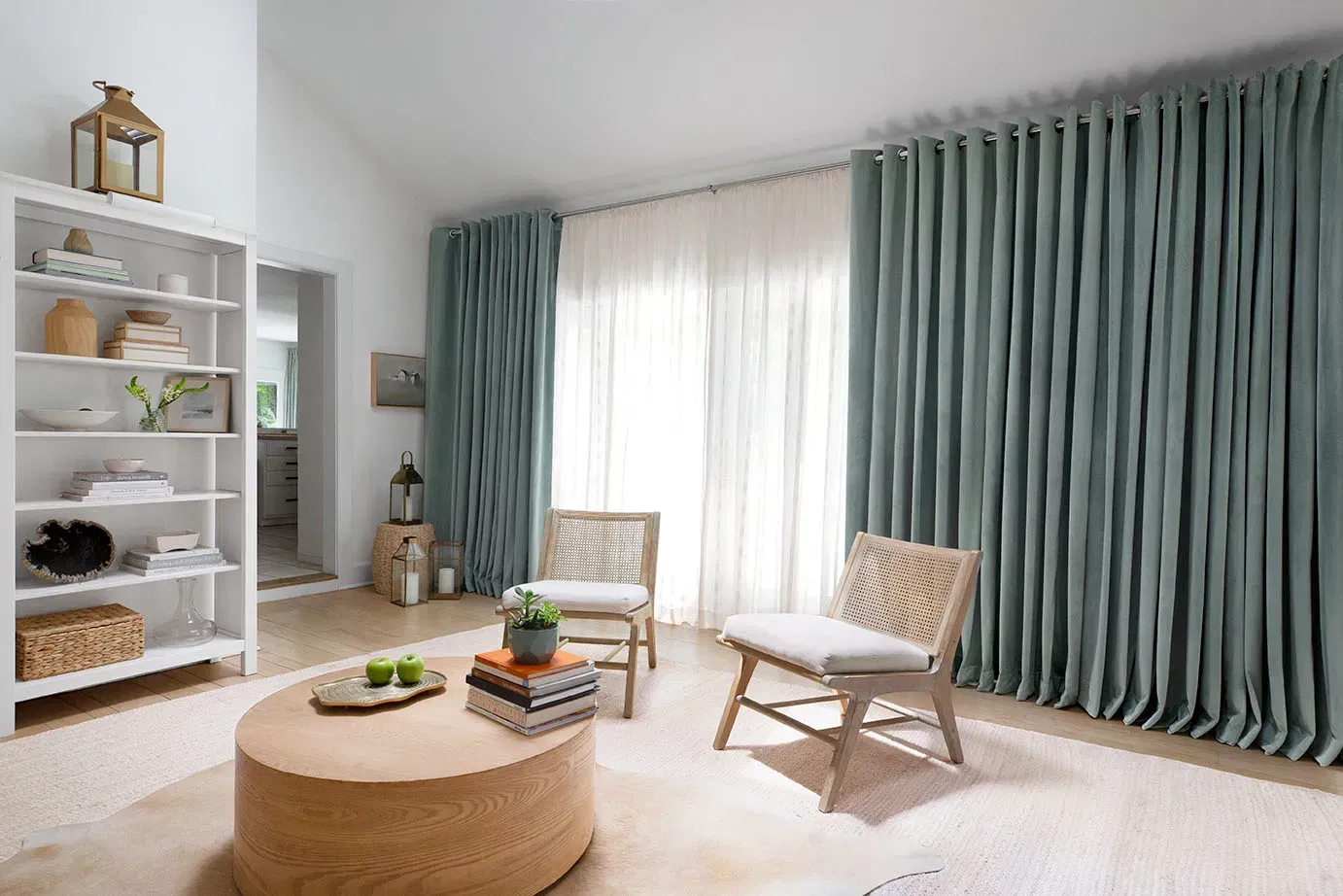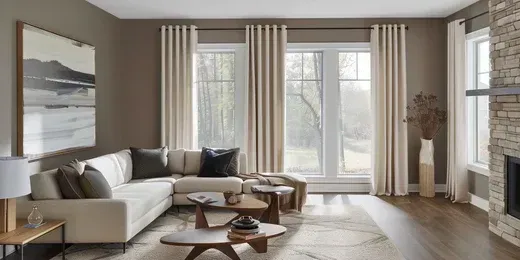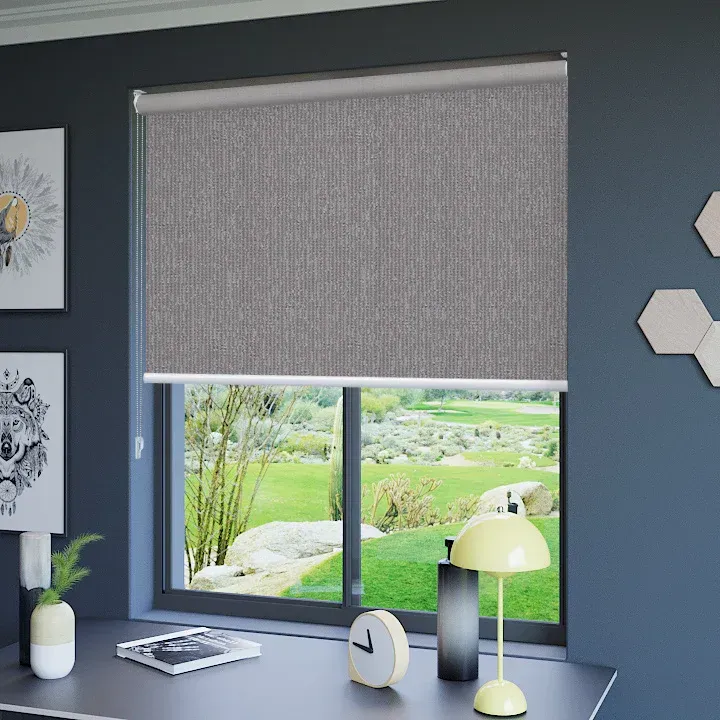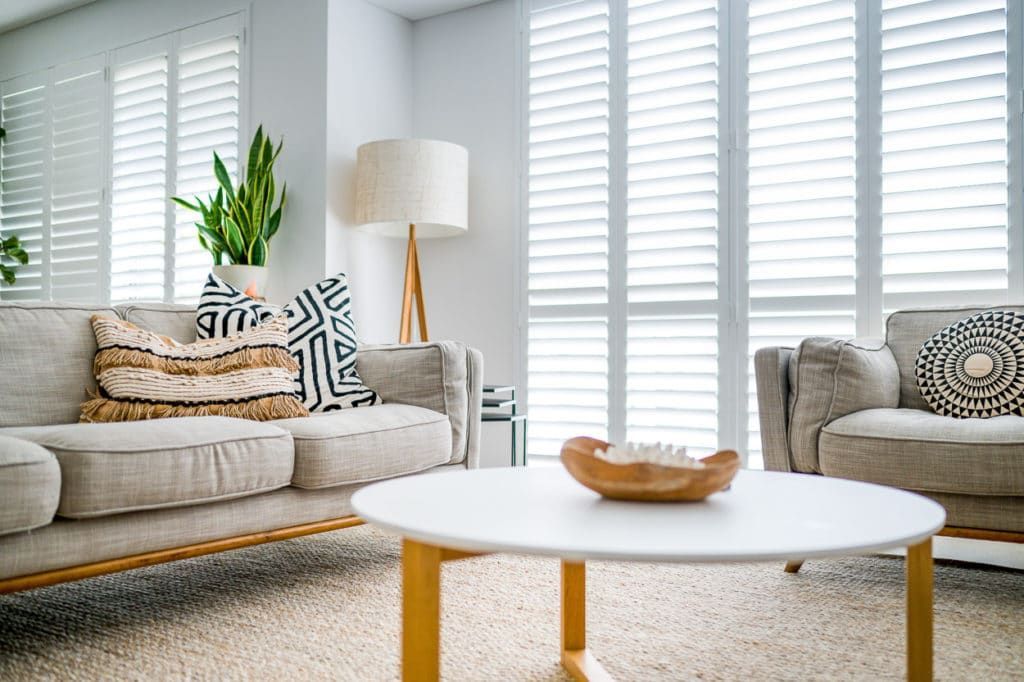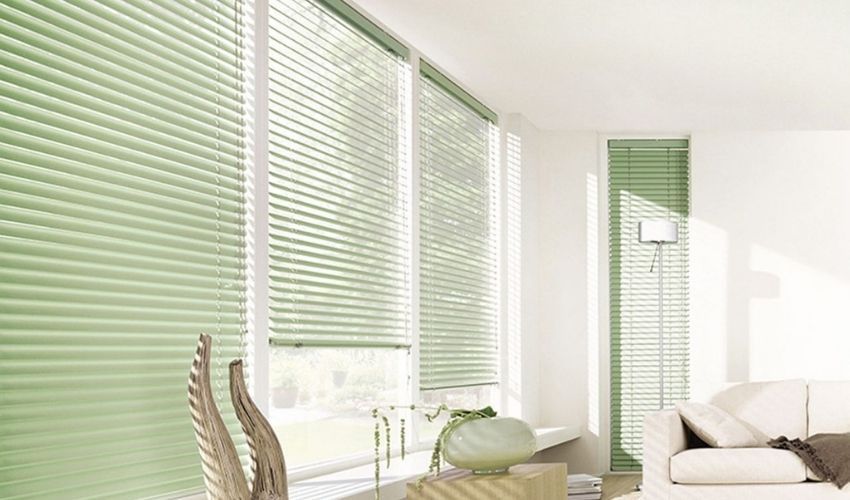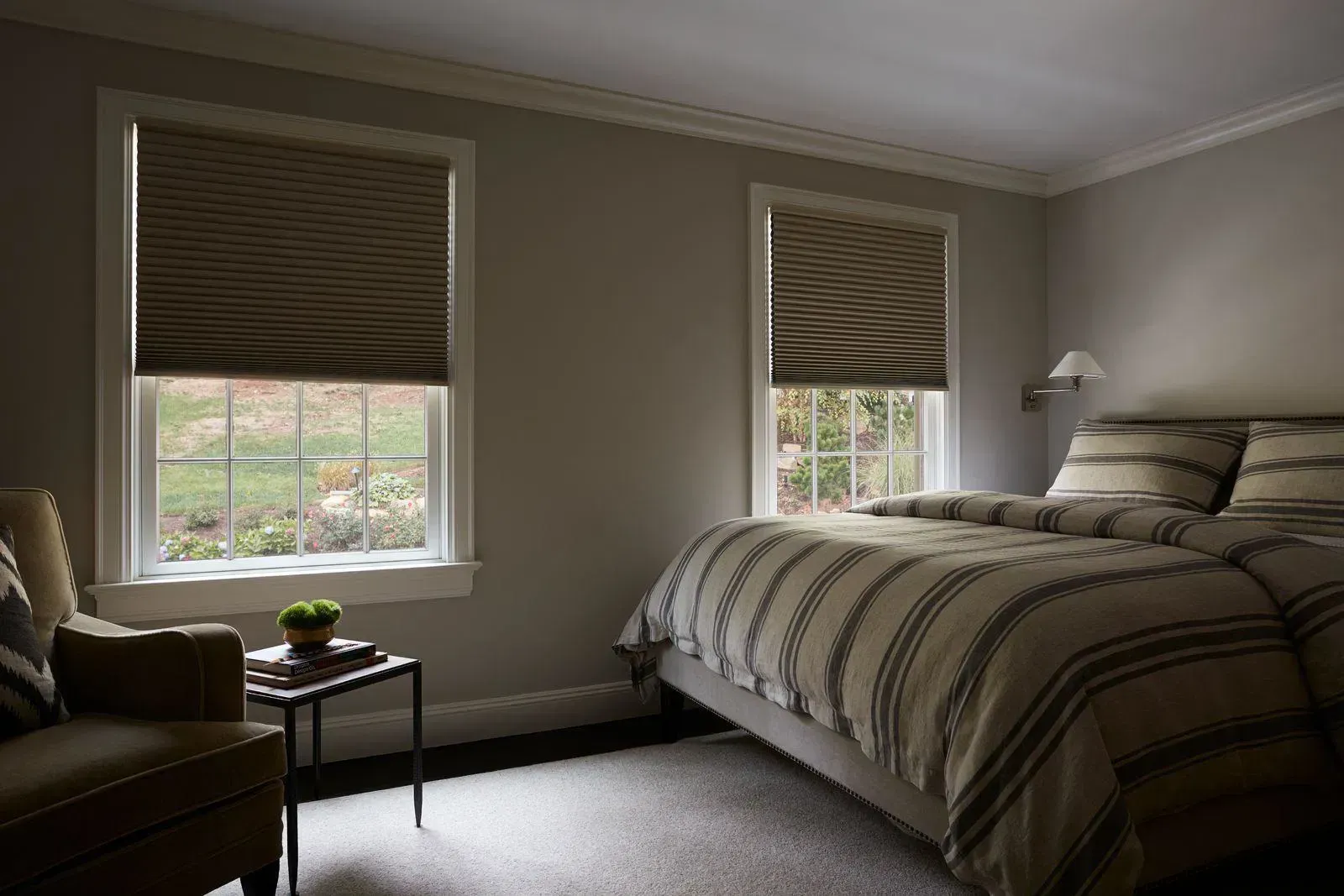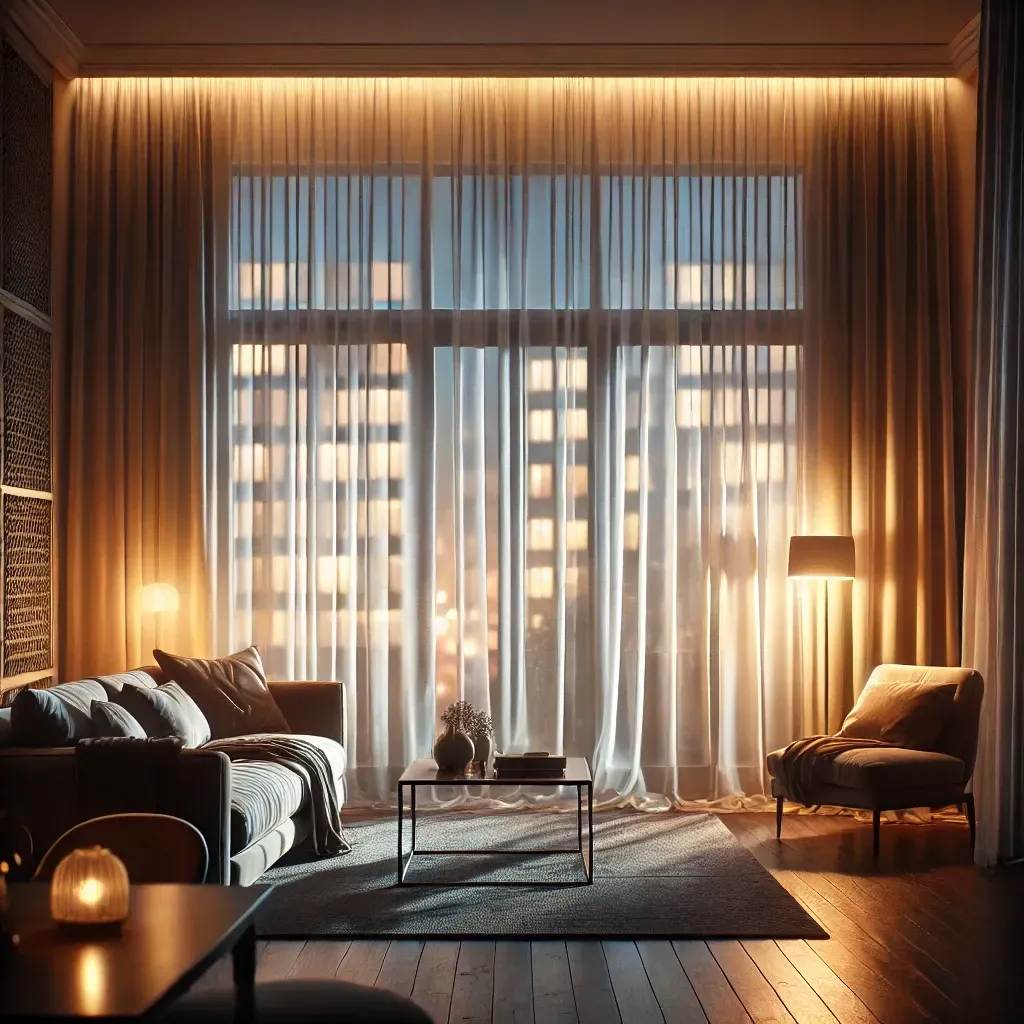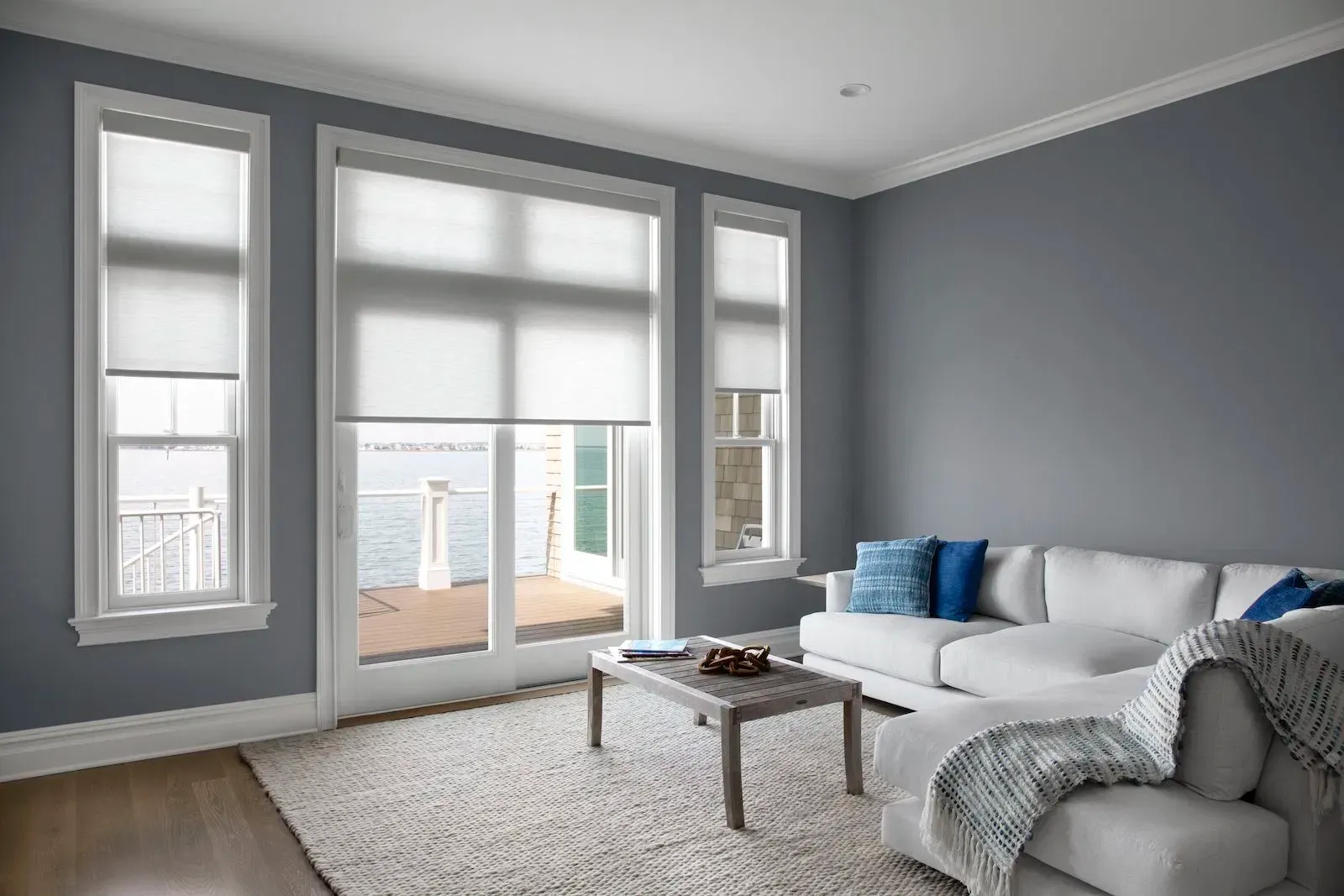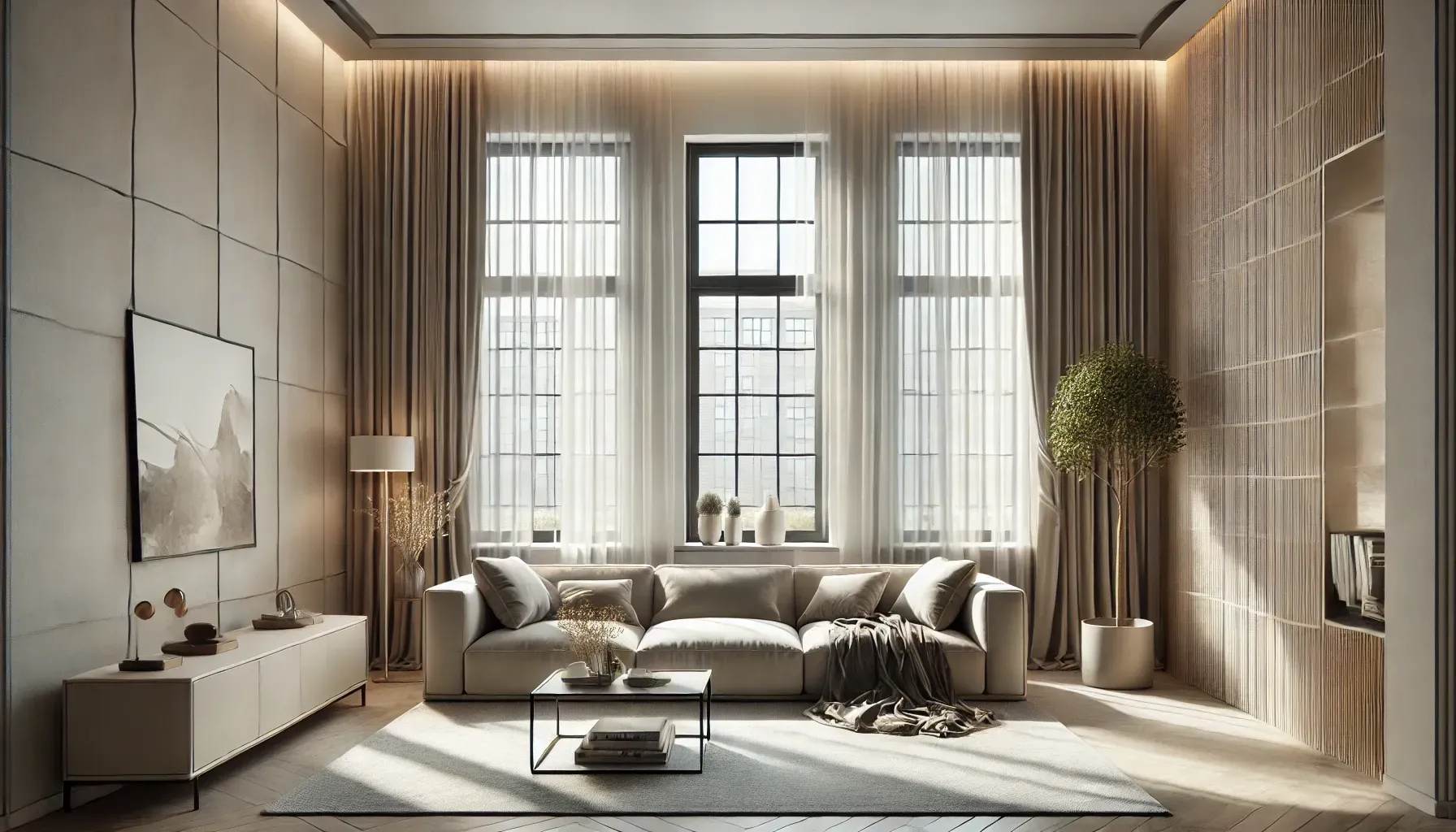How Can I Prevent UV Damage to My Window Treatments?
When it comes to safeguarding your home, most people think about locks, insulation, or even pest control. But have you ever considered how sunlight impacts the longevity of your window treatments? Over time, ultraviolet (UV) rays can cause fading, discoloration, and structural damage to your blinds, curtains, or shades.
Why Does UV Damage Occur?
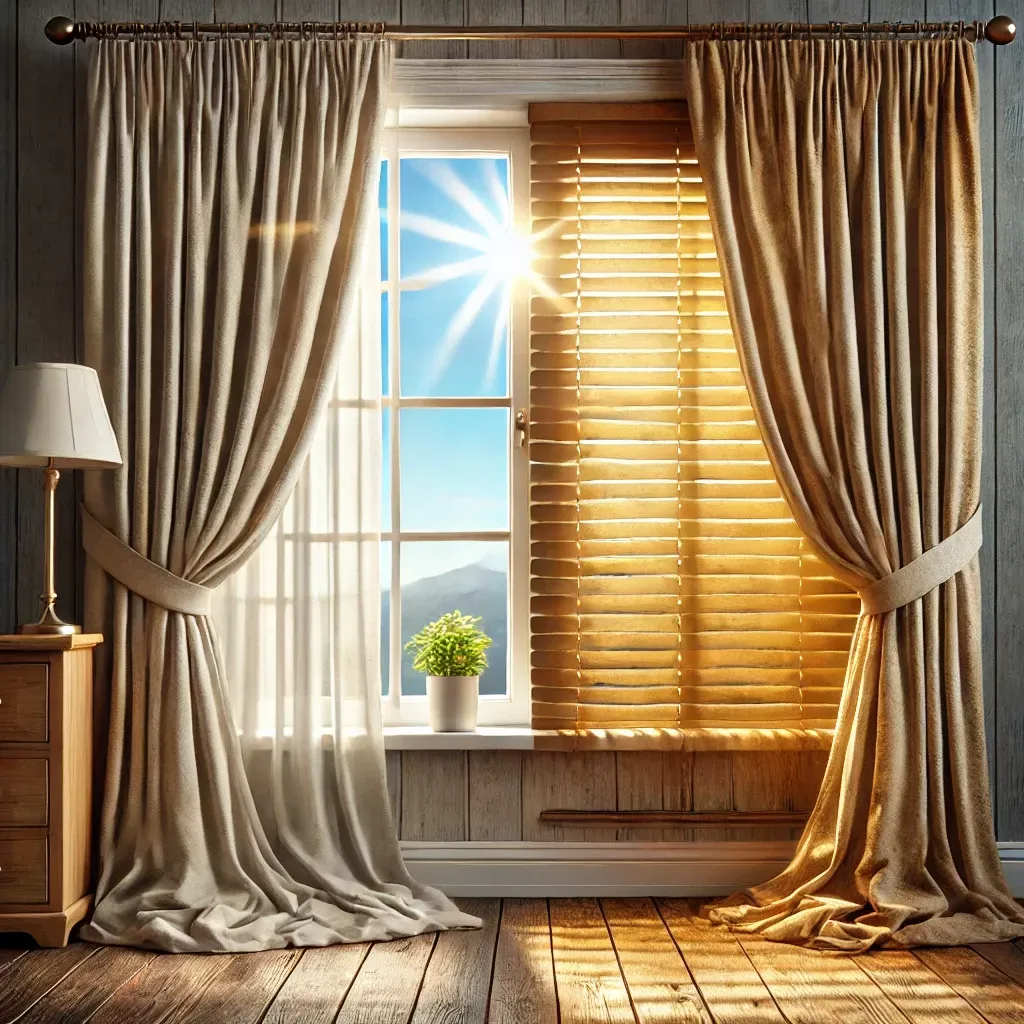
UV damage occurs because sunlight carries high-energy rays that break down the fibers and dyes in fabrics and materials. Prolonged exposure can weaken wood blinds, fade vibrant curtains, and even cause vinyl shades to crack. This isn’t just a cosmetic issue—it’s a financial one. Replacing window treatments can be costly, so prevention is key.
Best UV Protection for Window Treatments
1. Use UV-Blocking Window Films
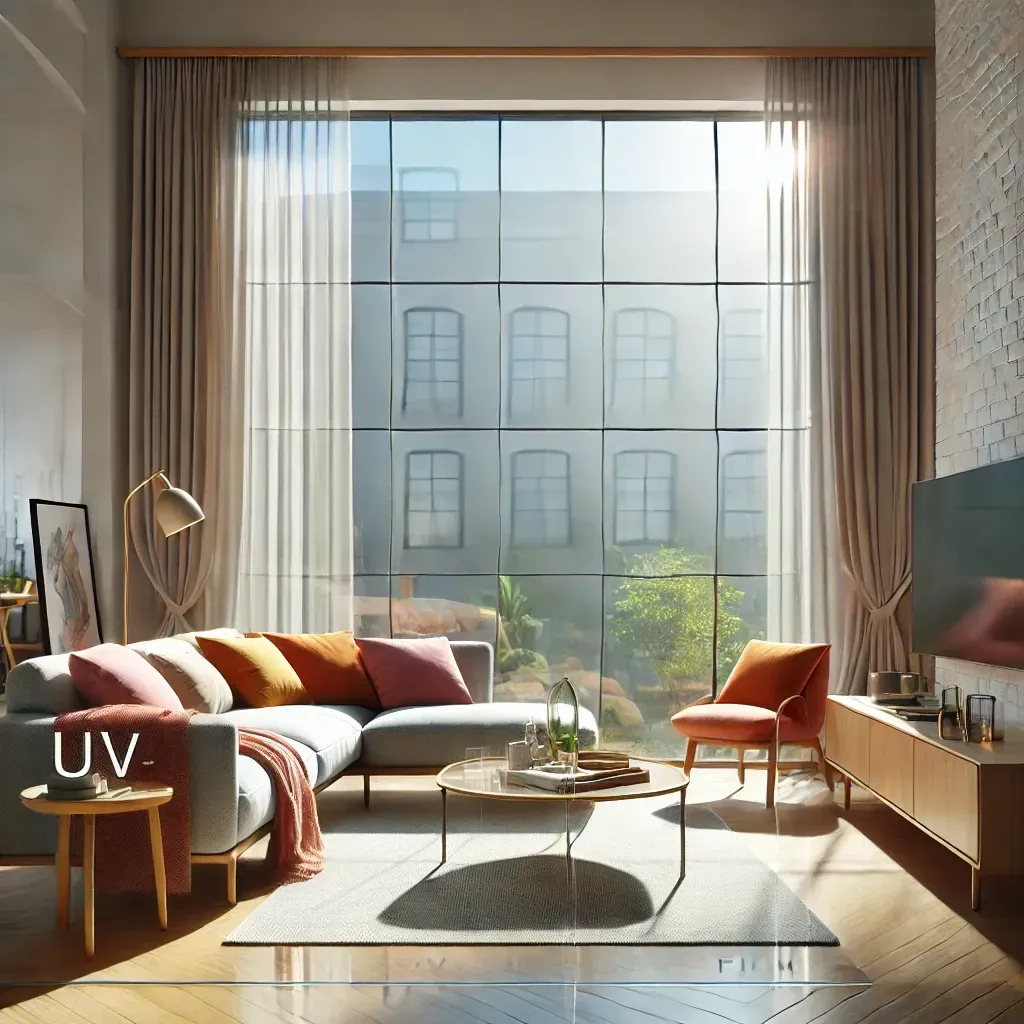
Installing UV-blocking window films is one of the simplest ways to safeguard your window treatments. These films act as an invisible shield, filtering out up to 99% of harmful UV rays. They are affordable, easy to apply, and won’t obstruct your view. Plus, they protect your furniture and floors from sun damage, offering a double benefit.
2. Invest in Solar Shades
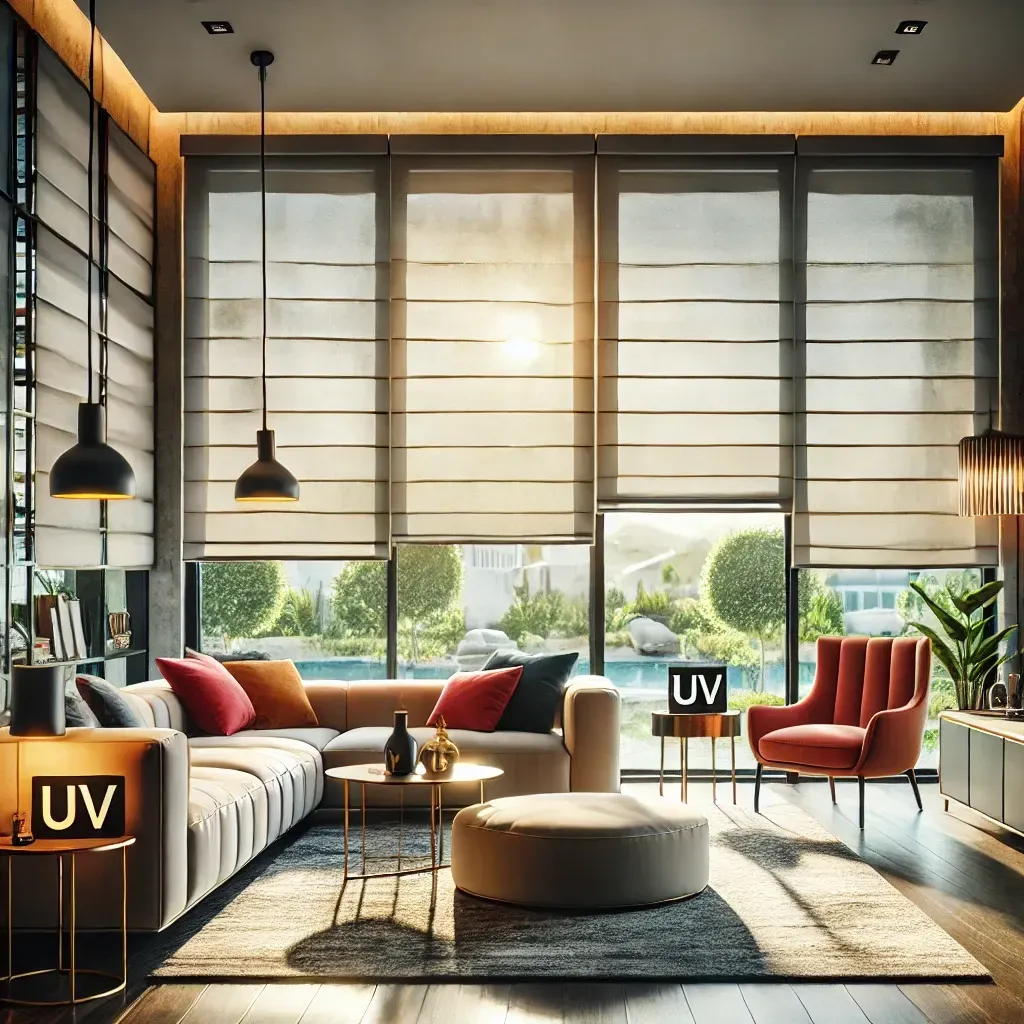
Solar shades are a modern solution designed specifically to combat UV rays. These sleek coverings reduce glare and heat while allowing natural light to filter through. Available in various openness levels, they let you control how much light and UV protection you need without sacrificing aesthetics.
3. Choose UV-Resistant Materials
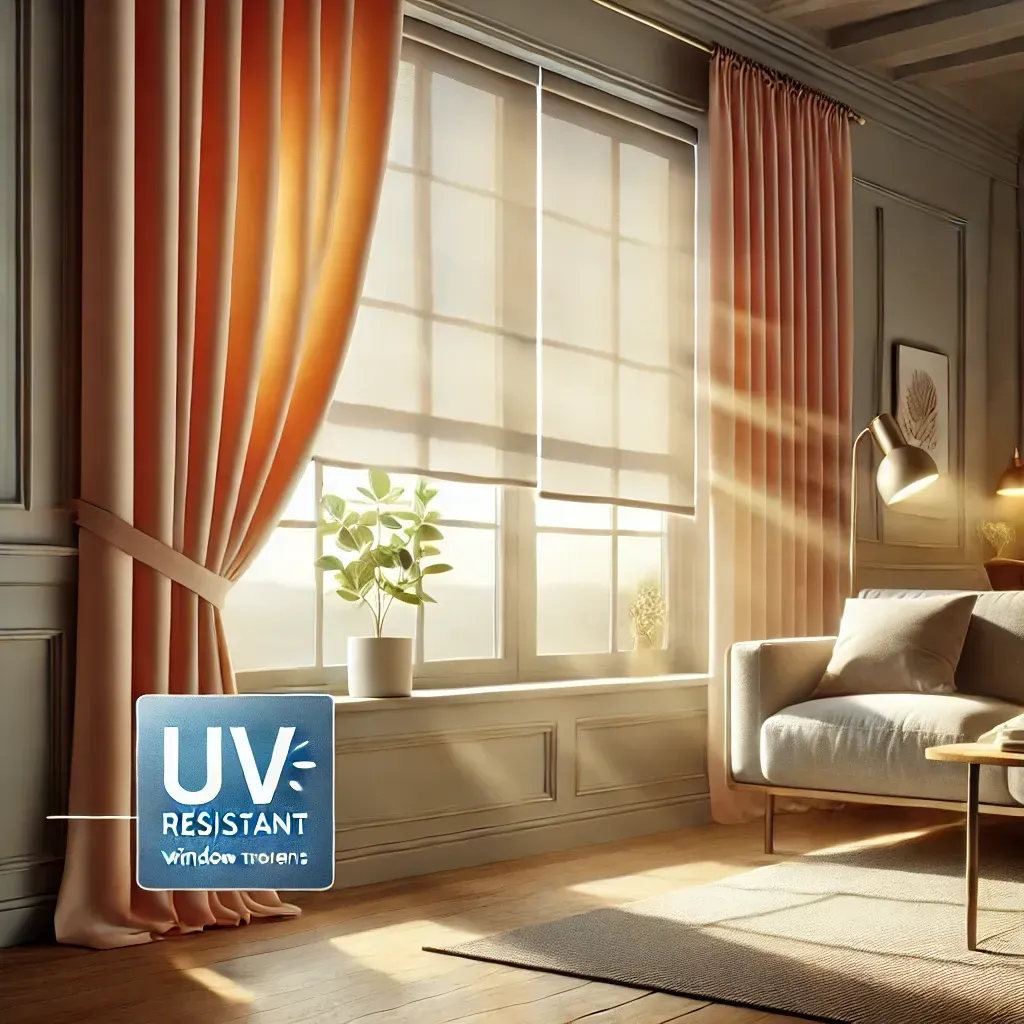
If you’re in the market for new window treatments, look for UV damage-resistant materials. Many manufacturers now offer blinds, shades, and curtains designed to withstand sun exposure. Fade-resistant curtains and light-filtering blinds are excellent choices for sunny areas.
Maintenance Tips to Prevent UV Damage to Drapery
4. Rotate or Swap Out Window Treatments

Much like rotating furniture to prevent uneven wear, consider swapping out or rotating your window treatments. This is especially effective for rooms that receive direct sunlight all day. Rotating helps distribute UV exposure more evenly, prolonging the life of your coverings.
5. Clean Regularly

Dust and debris can amplify UV damage by creating micro-abrasions on the surface of your blinds or shades. Regular cleaning with a soft cloth or vacuum attachment keeps them in optimal condition. For added protection, use a UV-protectant spray on fabrics.
6. Use Linings and Layers
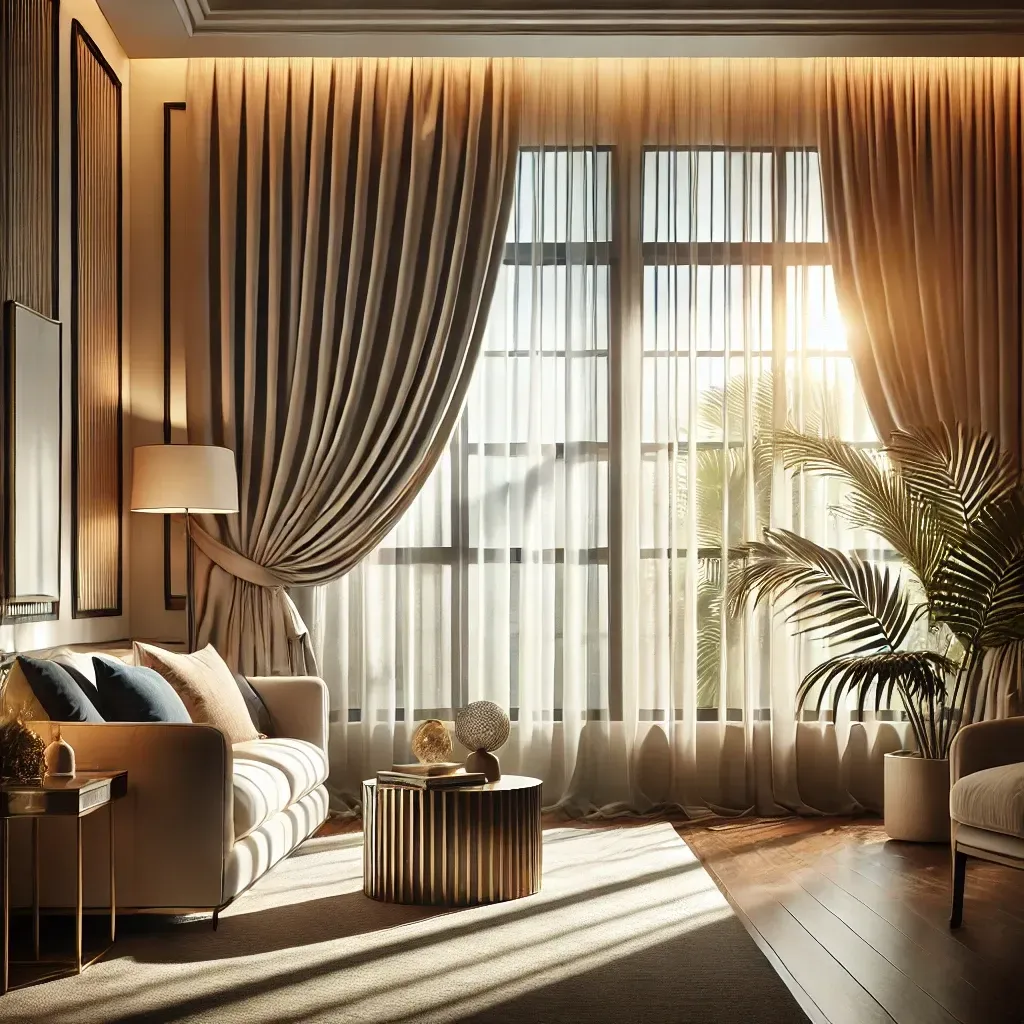
Adding linings to your curtains provides an extra layer of defense against UV rays. Blackout liners are particularly effective, blocking nearly all sunlight. For an elegant touch, pair your curtains with light-filtering sheers to create a layered look while maintaining UV protection.
Do UV Rays Harm Window Treatments That Aren’t Fabric?
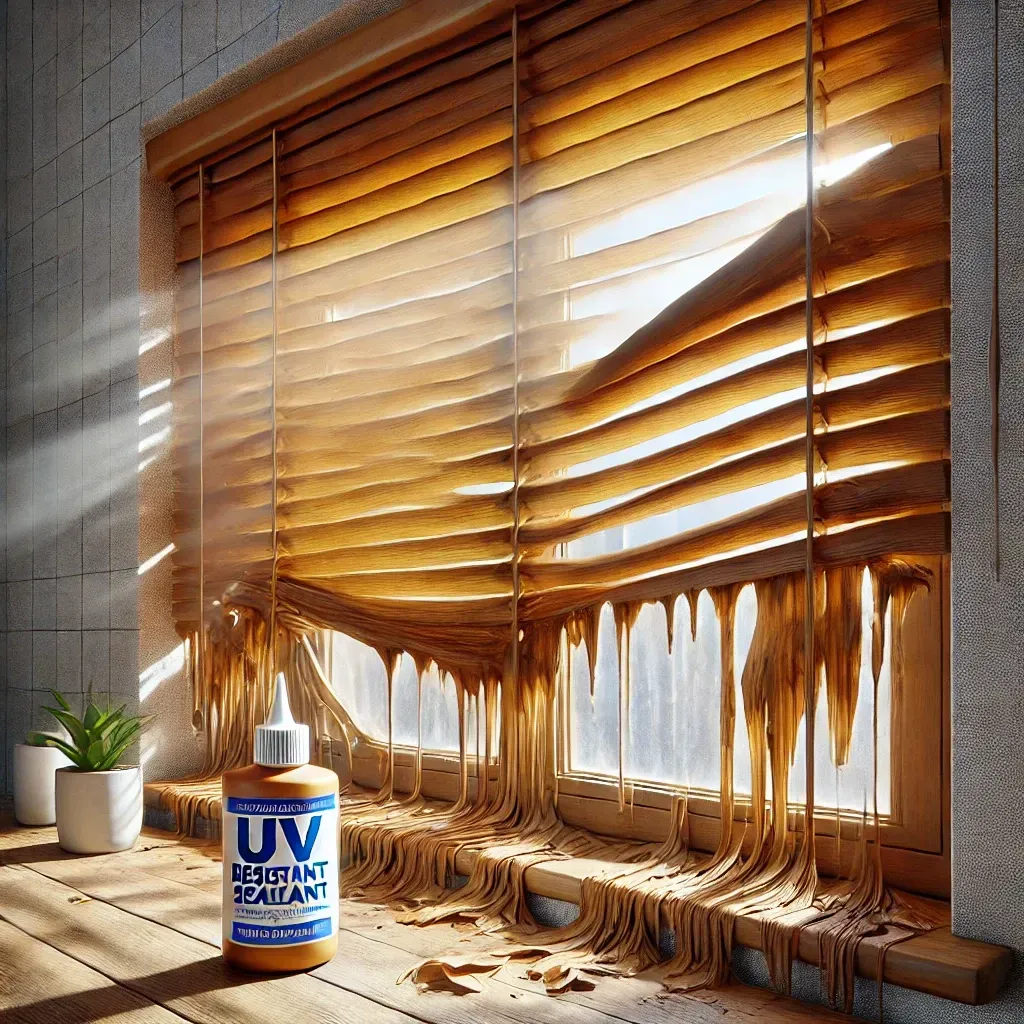
Yes! While fabric treatments like curtains and drapes are most susceptible, UV rays also damage non-fabric options such as wood, vinyl, and faux wood blinds. Over time, you may notice discoloration, warping, or brittleness. To prevent this, consider adding a UV-resistant sealant to hard materials and avoid placing untreated blinds in areas with direct sun exposure.
Affordable UV Protection for Window Coverings
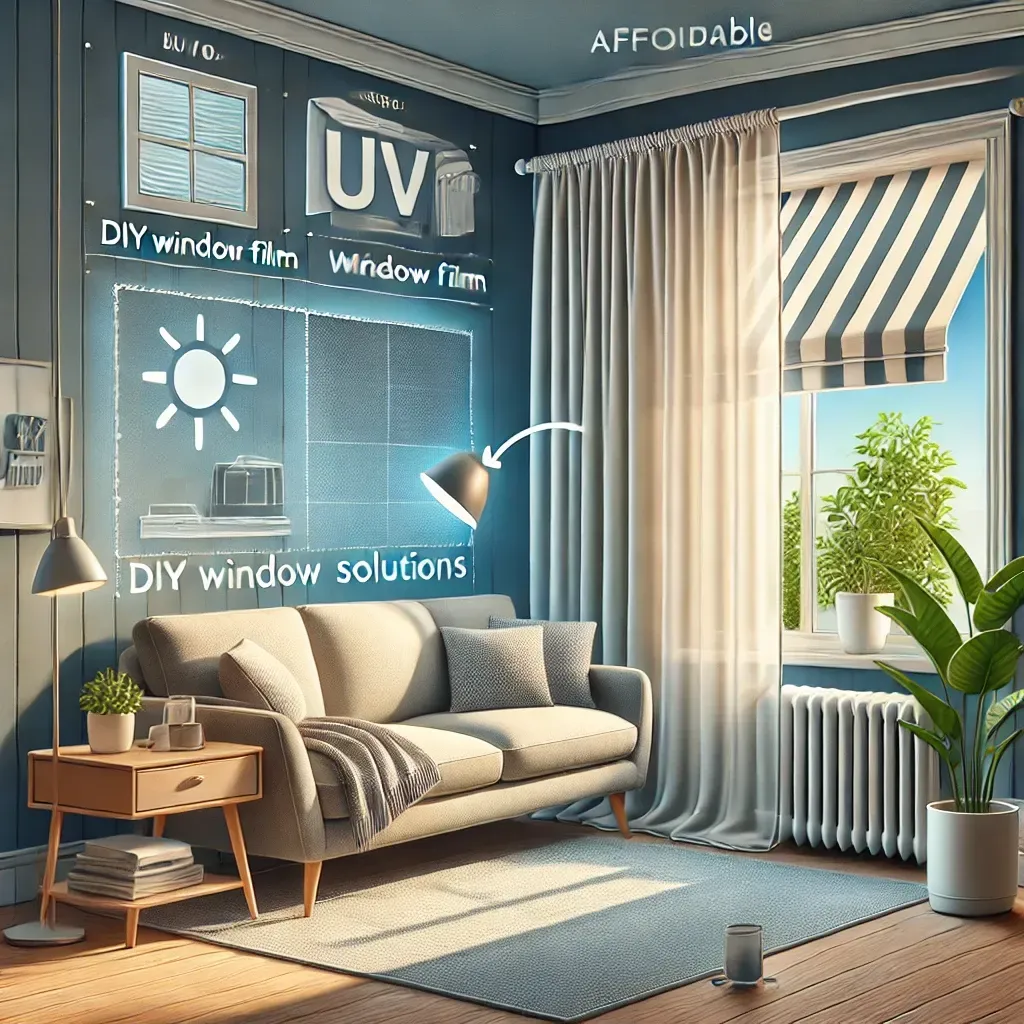
If budget is a concern, here are cost-effective ways to protect furniture from sun damage and prevent UV damage to window treatments:
- DIY Window Films – These are affordable and available at most home improvement stores.
- Curtain Liners – Adding liners to existing curtains is a low-cost way to increase protection.
- Strategic Furniture Placement – Position furniture to block direct sunlight from hitting your window treatments.
- Outdoor Awnings or Shades – These reduce overall sun exposure to your windows, protecting both treatments and interiors.
How Sun Protection Enhances Your Home’s Energy Efficiency
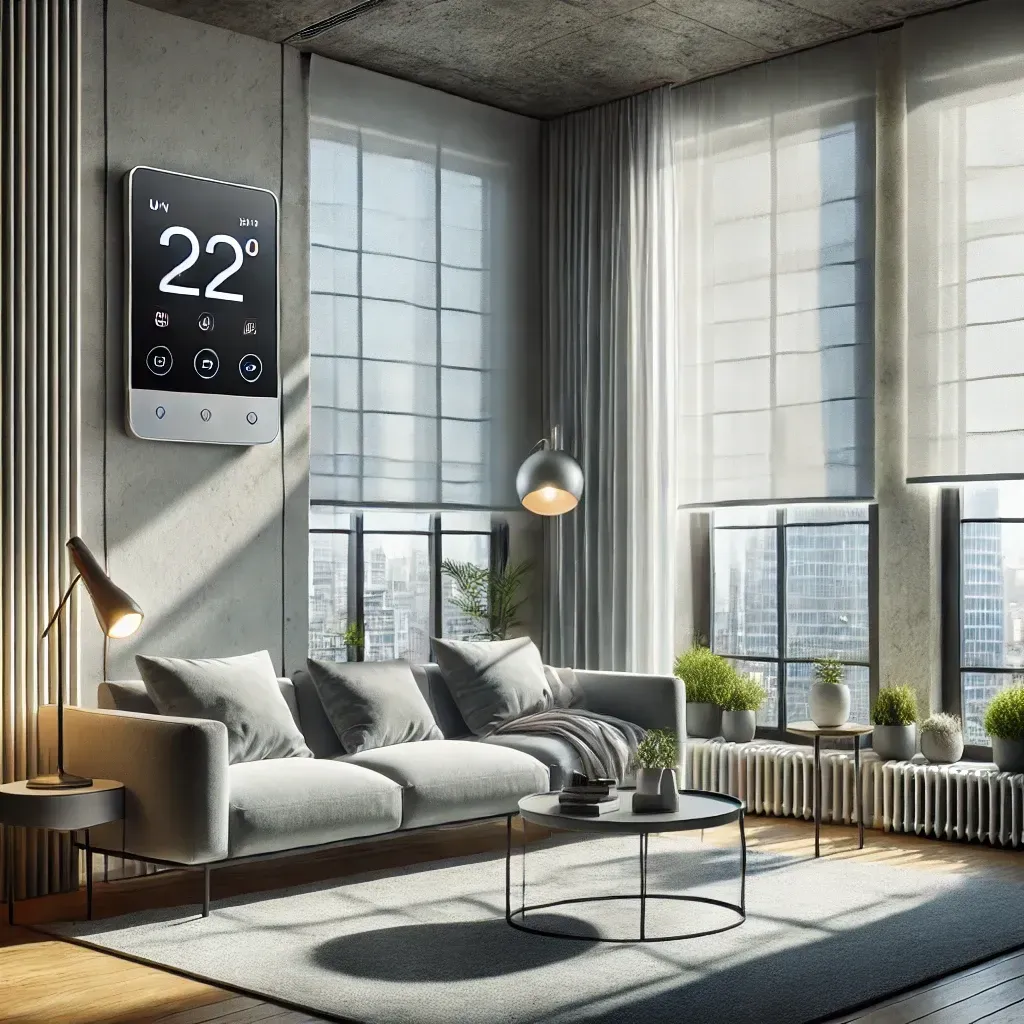
Preventing UV damage isn’t just about aesthetics—it’s also about energy efficiency. Heat and UV protection for interiors reduces the strain on your HVAC system by keeping your home cooler. By investing in UV-resistant window treatments, you save on energy bills while extending the life of your blinds and curtains.
Weighing UV Protection Solutions: Which Is Best?
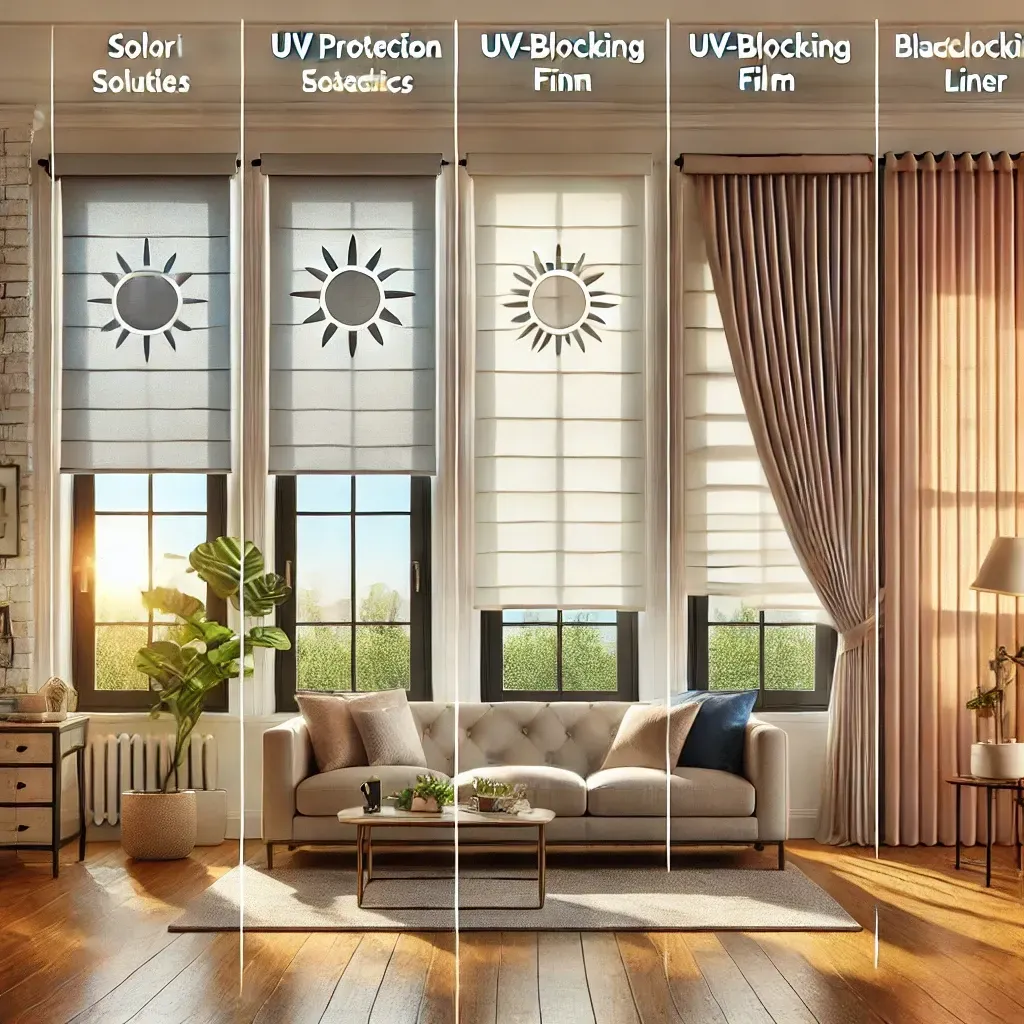
Choosing the right UV protection depends on your specific needs. If you prioritize aesthetics, solar shades or fade-resistant curtains may be ideal. For maximum coverage, UV-blocking films combined with blackout liners are a powerhouse solution. Homeowners seeking simplicity might opt for light-filtering blinds or layered drapery.
Conclusion
Preventing UV damage to your window treatments is not just a matter of maintenance—it’s a smart investment in your home’s longevity and style. From UV-blocking window films to maintenance tips and affordable solutions, there’s no shortage of options to keep your window coverings looking their best.

